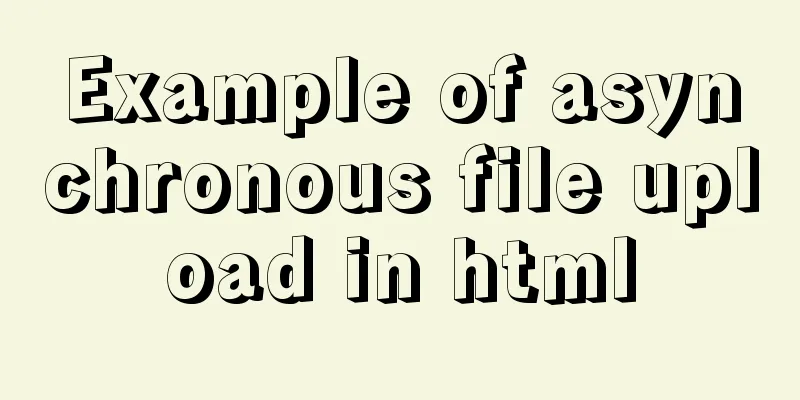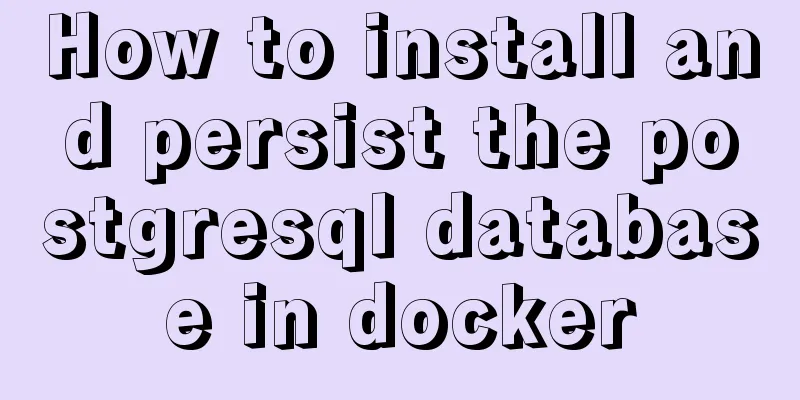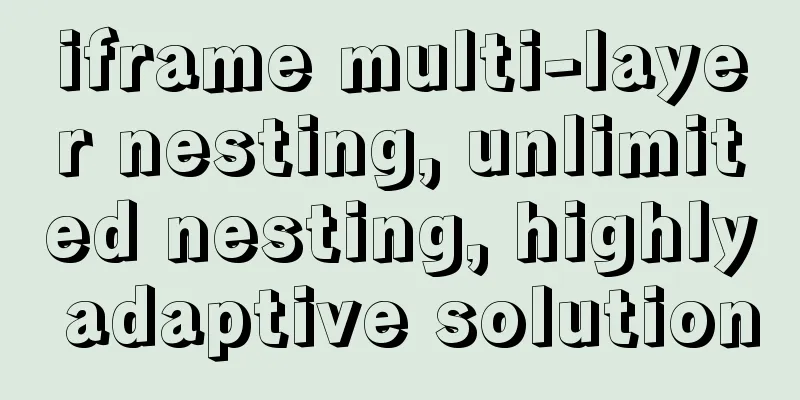Example of asynchronous file upload in html

|
Copy code The code is as follows:<form action="/hehe" method="post"> <input type="text" value="hehe"/> <input type="submit" value="upload" id="upload"/> </form> Copy code The code is as follows:This is the most common and simplest form submission method in HTML, but this method must switch pages. Maybe sometimes we want to interact with the server on the same page and do not want to switch to another page after submitting the form. What should we do? Here are several ways to submit forms. First, let me introduce a solution that saves the country by taking a detour. The above code snippet does not need to be changed, just add the following code Copy code The code is as follows:<iframe id="uploadFrame" name="uploadFrame"></iframe> And add the target attribute in the form, target=uploadFrame. The target attribute needs to be consistent with the value of the id in the iframe (or the value of the name attribute, you will know after trying it). To explain briefly, our form is refreshed after submission, but why is there no page jump? It's because of the iframe. In fact, we refreshed in the iframe, and the iframe is empty, which is the same as not refreshing. It gives us an asynchronous feeling. This is not an orthodox method, but it is a roundabout way to save the country. Of course, this method is not applicable in many cases. For example, we hope to retrieve something from the server after submitting the form. This method is obviously not feasible. Here we also need a truly asynchronous submission form. (II) jQuery asynchronous form submission Here we introduce a jQuery form submission plug-in ajaxupload, which is also relatively simple to use. Copy code The code is as follows:<body> <form action="/hehe" method="post"> <input type="text" value="hehe"/> <input type="button" value="upload" id="upload"/> <!--<input type="button" value="send" onclick="send()"/>--> </form> <script> (function(){ new AjaxUpload("#upload", { action: '/hehe', type:"post", data: {}, name: 'textfield', onSubmit: function(file, ext) { alert("Upload successful"); }, onComplete: function(file, response) { } }); })(); </script> </body> The main code is posted here. After the page rendering is completed, we use a self-executing function to add an asynchronous upload event to the button with the id upload. The id in new AjaxUpload (id, object) corresponds to the id of the bound object. As for the second parameter, data is the additional data, name can be arbitrary, onSubmit function is the callback function before uploading the file, the first parameter file is the file name, ext is the file suffix, and the onComplete function can process the data returned by the server. The above are two simple file upload client implementations. |
<<: MySQL scheduled full database backup
>>: Detailed explanation of adding click event in echarts tooltip in Vue
Recommend
SQL Practice Exercise: Online Mall Database User Information Data Operation
Online shopping mall database-user information da...
How to set up a shared folder on a vmware16 virtual machine
1. Set up a shared folder on the virtual machine:...
XHTML Getting Started Tutorial: XHTML Tags
Introduction to XHTML tags <br />Perhaps you...
In-depth explanation of MySQL stored procedures (in, out, inout)
1. Introduction It has been supported since versi...
Detailed steps for Linux firewall configuration (based on yum warehouse configuration)
Preface This experiment prepares two virtual mach...
Example code for implementing large screen adaptation on PC using vue+px2rem (rem adaptation)
Configuration Preface Project construction: built...
I have compiled a few cool design sites that I think are good.
You must have inspiration to design a website. Goo...
jQuery achieves full screen scrolling effect
This article example shares the specific code of ...
Nine advanced methods for deduplicating JS arrays (proven and effective)
Preface The general methods are not listed here, ...
Detailed explanation of MySQL 8.0 dictionary table enhancement
The data dictionary in MySQL is one of the import...
Randomly generate an eight-digit discount code and save it to the MySQL database
Currently, many businesses are conducting promoti...
Not all pop-ups are rogue. Tips on designing website pop-ups
Pop-up news is common in domestic Internet servic...
How to use DQL commands to query data in MySQL
In this article, the blogger will take you to lea...
Docker cross-server communication overlay solution (Part 1) Consul single instance
Table of contents Scenario Task idea analyze Conc...
MySQL msi installation tutorial under windows10 with pictures and text
1. Download 1. Click the latest download from the...









